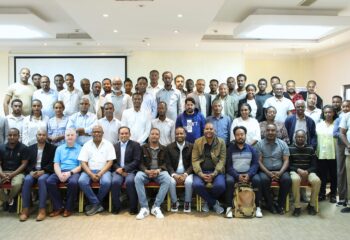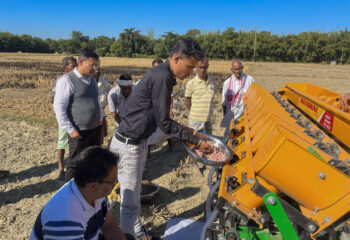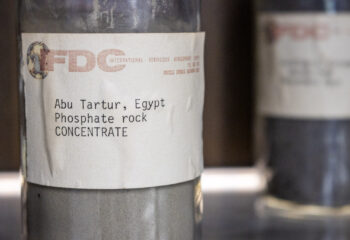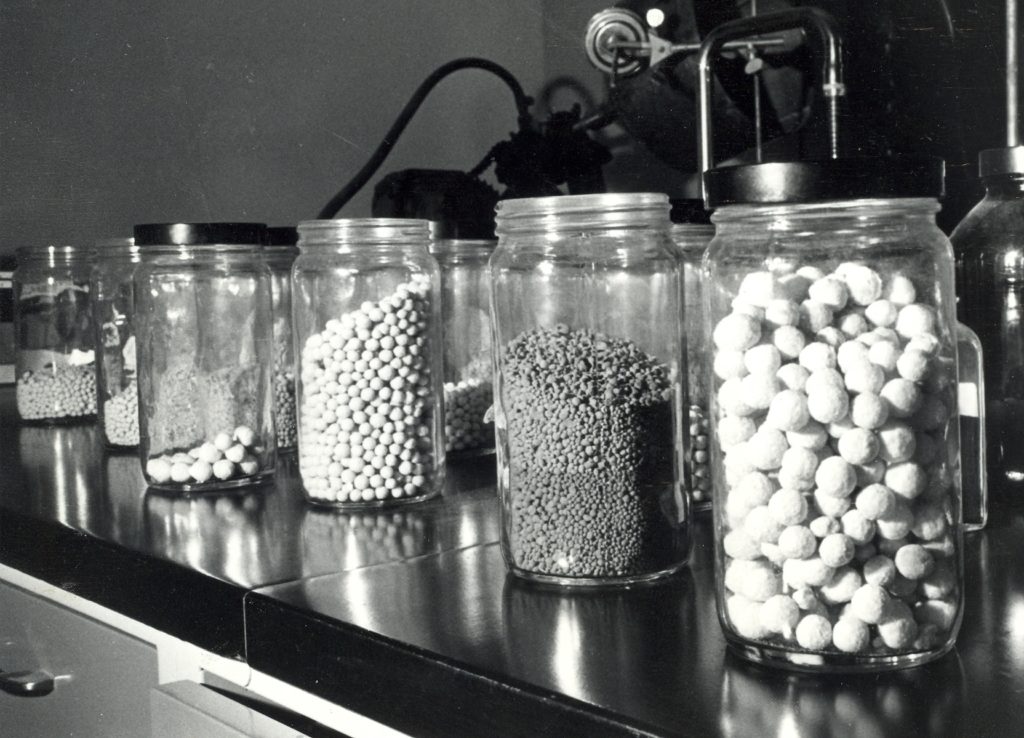
This World Food Day we are recognizing fertilizer and soil science as the foundation for food security.
The history of the modern world, from the period of industrialization on, has been characterized by a rapidly growing population and the struggle to accelerate food production to sustain that population. This struggle has manifested itself, repeatedly, in tragic episodes of human suffering centered on food and nutrition. The Great Famine in Ireland, the Indian Famine of 1899, and various food crises during the American Dust Bowl all serve as examples of the human fight to maintain a stable economy in the face of a growing, hungry population.
A Brief History
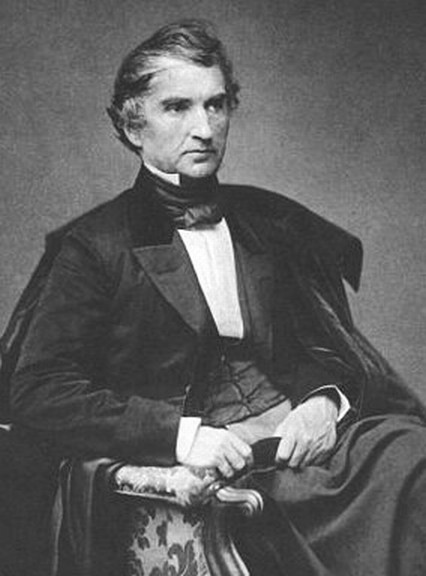
By the 19th century, the population of the world totaled 1 billion. Scientists and economists asked themselves, “How can the global marketplace sustain that many people?” Agriculture needed a simple solution. Farmers had long added extra materials to the soil to increase fertility and crop growth. Manure, wood ash, gypsum, and guano comprised most of “soil nutrition science” at that time.
In the 1840s, Justus von Liebig further advanced fertilizer science. Liebig made the case for the use of ammonia in boosting crop growth and plant nutrition. He also unsuccessfully attempted to create a commercially viable alternative to guano. But he did convince farmers to use ammonia as a source of nitrogen, one of the primary nutrients for plant growth.
In the 20th century, Fritz Haber and Carl Bosch pioneered the Haber-Bosch process, still in practice today, as a way to mass-produce ammonia, making it cheaper and widely available for farmers. This was an important period in the development of fertilizer science.
The Haber-Bosch process, along with the Oswald process for the production of nitric acid and Erling Johnson’s industrial method for producing nitrophosphate, all developed in response to the food crisis of 1899, spearheaded the development of new fertilizers into industrial commodities capable of being mass-produced and widely distributed.
A Modern Food Crisis

In the 1930s, America endured its own crisis of food security, rooted in a collapsing economy and an unforeseen environmental disaster. The Dust Bowl had ravaged the soils in America’s rustbelt, making it impossible for farmers to produce enough food to sustain the swelling population. In response, President Franklin Delano Roosevelt implemented his New Deal plan for boosting the post-Great Depression economy. This specifically affected Muscle Shoals, Alabama, where a nitrate plant, built to create munitions for World War I, stood dormant. Here, the Tennessee Valley Authority’s National Fertilizer Development Center (NFDC) was established – which would later give birth to the International Fertilizer Development Center (IFDC). Muscle Shoals became the cornerstone for America’s new fertilizer industry, which would be enough to lift the U.S. agricultural economy out of depression and begin a new era of development.
All the old methods of producing nitrate, phosphate, and ammonia were implemented in Muscle Shoals. New ones were developed and applied by IFDC and its partner organizations. This allowed the world to enter an innovative phase of food production. We were better prepared to handle food security crises. Where there was a famine, a Green Revolution would likely follow (as it did in Mexico and India thanks to the work of World Food Day pioneer Norman Borlaug), and IFDC continues to assist in the mitigation food crises in the developing world by passing on technology and training.
Modern food crises are different than the old ones. The world is populating quicker than ever before – with an expected 10 billion by 2050. Future solutions to double crop yields and increase crop nutrition must also safeguard the environment. It’s not an easy task, but it’s not impossible thanks to new technologies.
Innovation
Recent developments, such as fertilizer deep placement (FDP) have helped reduce fertilizer use and increase agricultural production as a short-term solution, but more solutions are needed – especially for subtropical agriculture. Through innovative partnerships, IFDC is researching cutting-edge soil nutrition products that consider the environment, farmer profitability, sustainability, and other agronomic issues. IFDC is the sole expert on bridging the gap between the lab, the field, and the table.

Each day, we ask ourselves, “What is the long-term answer?” On this World Food Day, we remain committed to our Food Heroes. This will only be accomplished through innovative partnerships. That’s why our mission is to bring together innovative research, market expertise, and strategic public and private sector partners to identify and scale sustainable solutions for soil and plant nutrition that benefit farmers, entrepreneurs, and the environment.
Simply put, we partner for better soil and, as a result, a better world.

